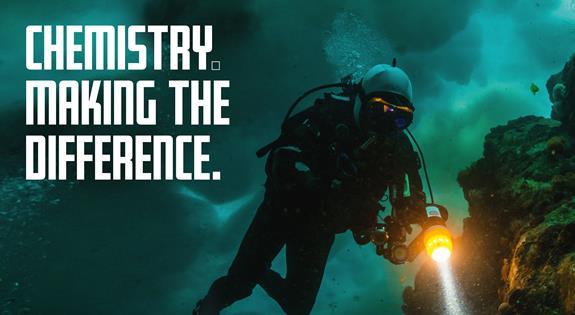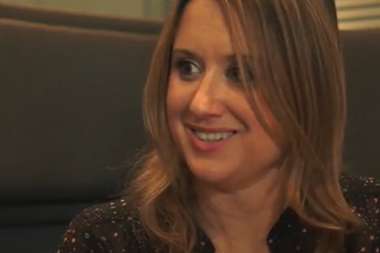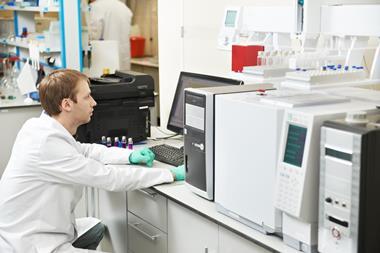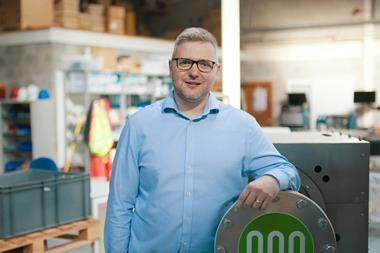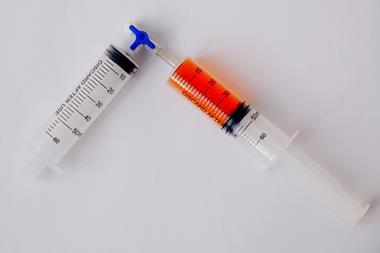Everything you need to know
-
- Salary range: £40k+
- Minimum qualifications: Degree-level qualifications (including master’s)
- Skills required: Mathematical skills (eg mathematical modelling, statistical modelling), digital skills, analytical skills, problem-solving skills.
- Training required: Training on how to use specific computational modelling software.
- Work–life balance: There may be opportunities for hybrid working with flexible hours.
- Career progression: There may be opportunities to attend courses and conferences.
- Locations: Find related work experience positions using our map of employers.
- Find out more: Explore toxicologist roles in more detail.
More profiles like George's
My name is George Loizou. I’m head of computational toxicology here at the Health and Safety Executive (HSE) Science and Research Centre.
Since the availability of desktop computing from the mid-80s, we’ve been able to build mathematical models of biological systems. We can simulate the movement of environmental toxins. We can track it and estimate quite accurately how much is delivered to the cells and we can relate that concentration to an effect so it’s a very powerful technique. Replacement, reduction and refinement of animal use in toxicological experiments is something that mathematical modelling, computational toxicology, can deliver.
When I was at school, high school, I began to show a keen interest in science and I asked myself whether there was such as subject as biochemistry and, in fact, there was and I decided that’s what I wanted to do. I always thought that the ultimate reason that anyone would do such a thing is because you want to either develop new medicines, find ways of treating disease. Toxicology is just the study of the disturbance of biochemistry that leads to a toxic endpoint – an adverse effect, either from exposure from something in the environment or drugs. Biochemistry, toxicology, it’s really the same thing.
Practically everything that is introduced into the marketplace has to be safe so there’s always a requirement for toxicology. It’s an extremely exciting area to be in, given the power of the techniques that are becoming available to us. The importance of multidisciplinary activity is fundamental to solving problems but we talk about computational toxicology but underneath that is a need for mathematical modelling, statistical modelling, even engineering principles, analytical chemistry, in addition to the obvious biology that you need – you need to bring all of that together to solve the problems and it’s particularly rewarding when you interact with people from other disciplines who have a different perspective and that often reveals issues that weren’t obvious to you and it’s refreshing and exciting at the same time.
First published 2023







